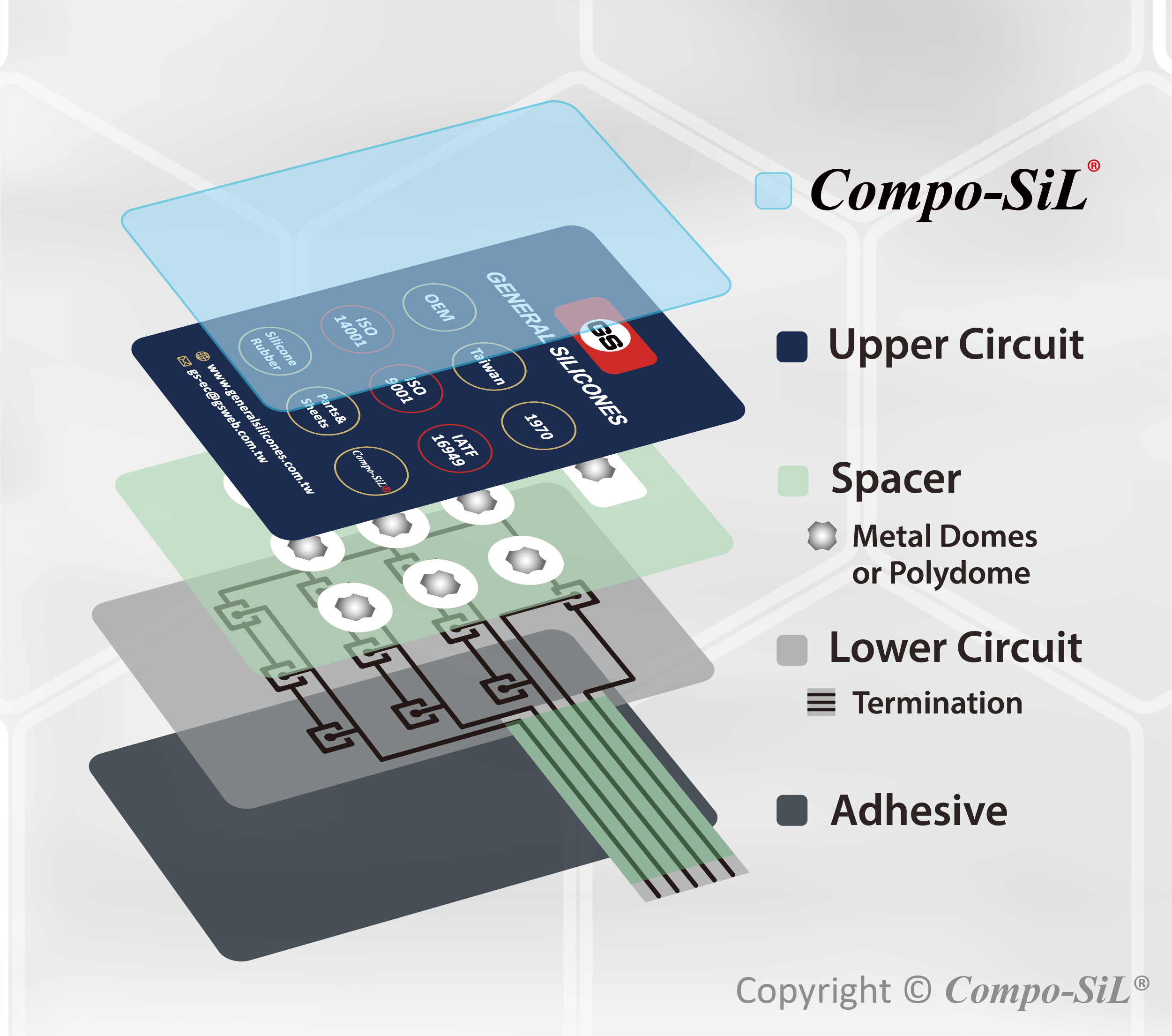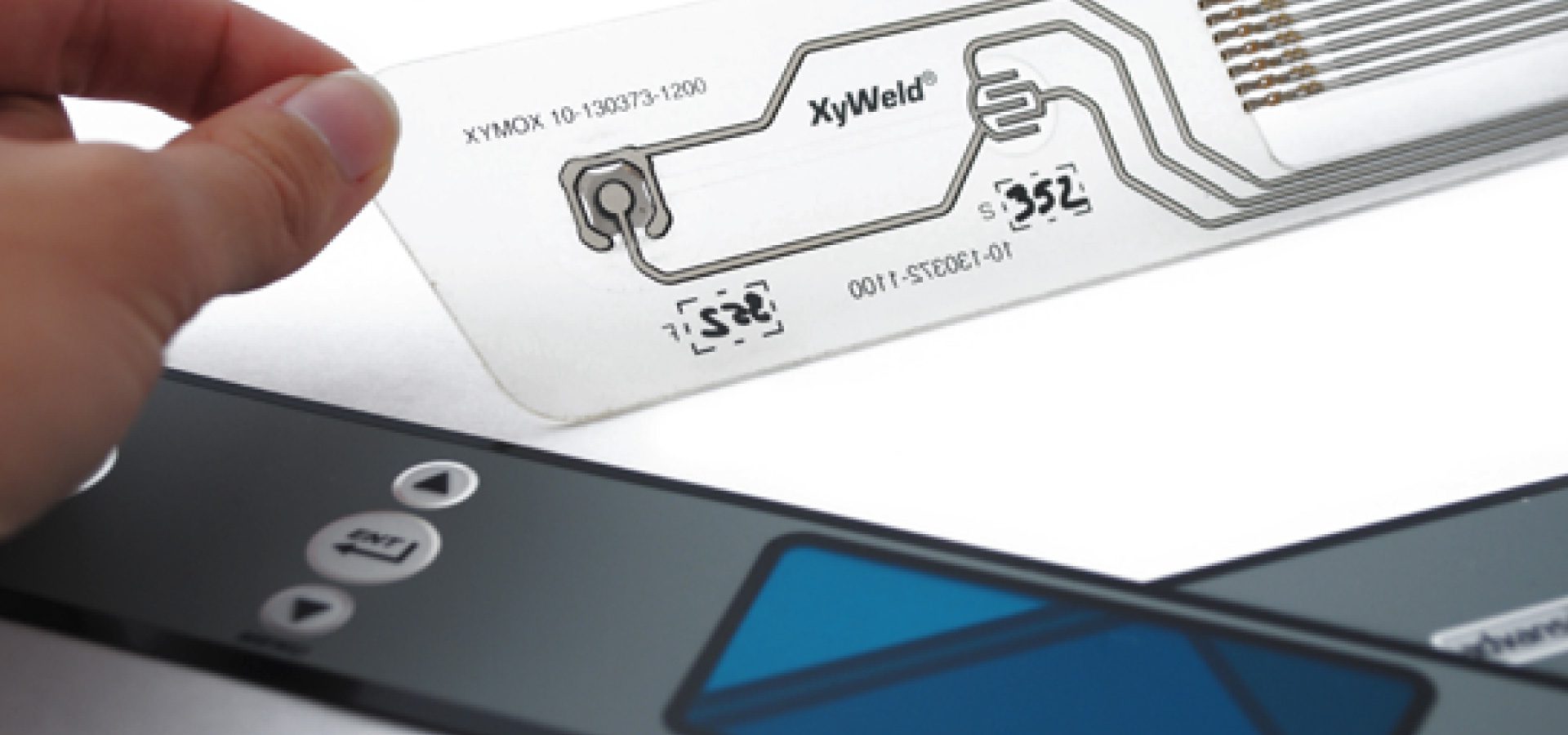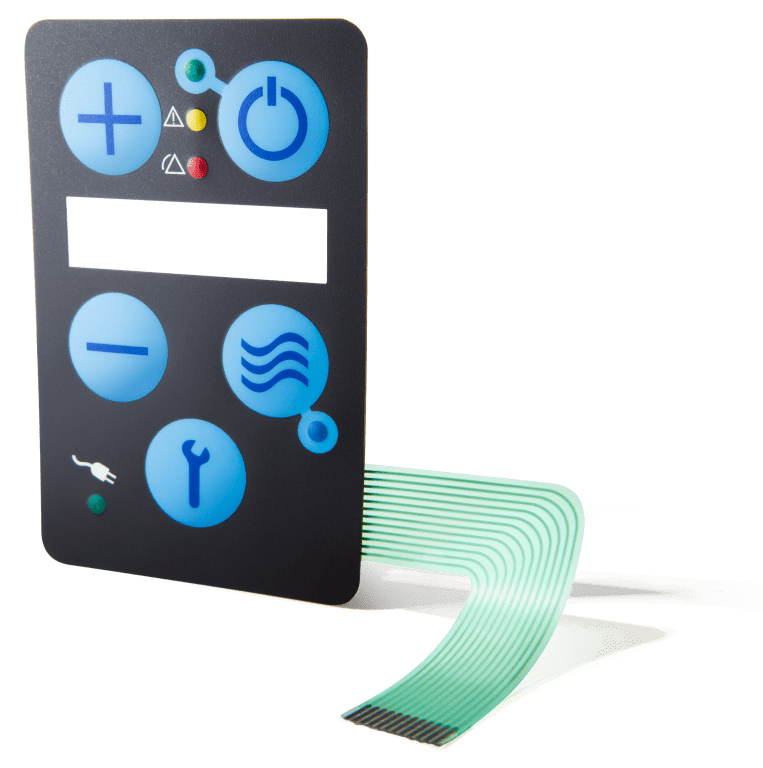Innovations in Membrane Switches for Touch-Sensitive Devices
Wiki Article
Comprehending the Importance of Membrane Switches in Interface
Membrane switches are essential parts in the design of effective interface, helping with not only functionality yet additionally boosting aesthetic appeal and individual communication. Their one-of-a-kind attributes, such as resistance to adjustable styles and environmental factors, make them appropriate for a diverse array of applications throughout multiple sectors. As we discover the various benefits and future patterns connected with Membrane innovation, it ends up being clear that these buttons are a lot more than simply parts; they stand for a merging of technology and functionality. The implications of this innovation on user experience deserve taking a look at even more.What Are Membrane Buttons?

The spacer layer, which contains glue properties, enables for the splitting up of the circuit layer from the overlay, making certain that the button continues to be in a non-activated state till pushed. When pressure is used to the overlay, it presses the spacer layer, linking the space and finishing the circuit in the underlying layer. This style not just lowers the physical room needed for typical mechanical switches but additionally boosts the resilience of the tool, as Membrane switches are typically immune to dust, dampness, and other ecological factors.
Commonly discovered in applications ranging from customer electronics to medical gadgets, Membrane buttons are important to modern innovation, providing a effective and user-friendly interface that straightens with modern style needs.
Benefits of Membrane Buttons
While numerous button innovations exist, Membrane Switches deal distinct advantages that make them particularly desirable in numerous applications. One of the primary benefits of Membrane buttons is their compact layout, which enables for space-saving implementations in tools where realty is limited. Their slim profile not just boosts aesthetic allure yet likewise promotes lightweight construction.One more significant benefit is their resistance to ecological factors. Membrane buttons are normally sealed against moisture, dirt, and pollutants, making them perfect for usage in requiring environments, such as medical tools and commercial equipment. This toughness extends the life-span of the switch, lowering maintenance costs and enhancing integrity.
In addition, Membrane buttons can be tailored to meet certain design demands, integrating special graphics and colors that enhance individual interaction. Their responsive responses choices can also be customized to supply an enjoyable individual experience. In addition, Membrane buttons are economical, especially in high-volume applications, as they can be generated efficiently.
Applications in Various Industries

In the consumer electronics field, Membrane switches are common in gadgets such as microwaves, cleaning equipments, and push-button controls. Their responsive responses and visual alternatives boost user experience while offering a streamlined, modern appearance. In addition, automobile suppliers make use of Membrane buttons in dashboard controls and infomercial systems, where area is restricted, and user interaction is critical.
Furthermore, the commercial field leverages Membrane buttons in control panels for equipment and devices, permitting for user-friendly operation in commonly severe environments. Their resistance to chemicals and wetness guarantees durability and integrity in these applications. In general, the flexibility of Membrane Switches contributes considerably to their widespread usage, making them crucial in different technological domains.
Style Considerations for Membrane Buttons

When creating Membrane switches, several vital factors to consider must be considered to make sure optimum performance and user experience. The option of products is important; selecting resilient, high-quality substratums can boost the button's longevity and resistance to ecological elements such as wetness and temperature level variations.
Secondly, the layout of the graphic overlay ought to prioritize clarity and simplicity of use. Symbols and text need to be legible, and the design must help with user-friendly interaction (membrane switches). Furthermore, responsive responses is crucial; incorporating a tactile dome or various other devices can boost the customer experience by giving physical confirmation of activation
An additional crucial variable is the button's electric performance. Designers have to make sure that the conductive traces are appropriately made to lessen resistance and prevent signal disturbance. This involves examining the required actuation force and ensuring compatibility with the electronic parts they will interface with.

Future Trends in Membrane Modern Technology
As technology remains to advancement, Membrane buttons are positioned to advance significantly, driven by advancements in materials and manufacturing methods. One emerging fad is the unification of innovative products, such as flexible substrates and conductive inks, which enhance sturdiness and reduce the total weight of Membrane switches. These materials not just boost the tactile action yet additionally allow for the layout of buttons that can stand up to harsher environmental problems.Additionally, the assimilation of touch-sensitive innovations is transforming conventional Membrane Switches right into even more interactive interface. Capacitive touch sensors embedded within Membrane switch panels can offer an extra instinctive her response and responsive individual experience, aligning with the growing demand for smooth, modern layouts in consumer electronic devices.
Additionally, improvements in printing methods, such as electronic and 3D printing, enable rapid prototyping and modification of Membrane buttons. This flexibility permits manufacturers to react faster to market needs and consumer choices.
Lastly, sustainability is coming to be a considerable focus, with manufacturers exploring eco-friendly products and procedures. As these trends unfold, the future of Membrane innovation guarantees enhanced functionality, aesthetic allure, and ecological duty, strengthening their role in advanced customer interfaces throughout different industries.
Final Thought
In final thought, Membrane Switches represent an important part in the style of interface, combining functionality with visual versatility. Their advantages, including toughness and resistance to environmental factors, make them suitable for diverse applications across various industries. Additionally, thoughtful layout considerations improve user interaction and experience. As advancements in modern technology proceed, the advancement of Membrane switches is expected to more refine interface, driving development and improving use in an increasingly complicated technological landscape.Membrane switches are integral elements in the style of reliable individual interfaces, promoting not just capability yet additionally improving visual appeal and individual communication.Membrane Switches offer as a crucial part in different customer interfaces, facilitating a smooth communication in between customers and electronic gadgets.While numerous button innovations exist, Membrane Switches deal unique benefits that make them click here for more info specifically preferable in numerous applications.In addition, Membrane buttons can be personalized to fulfill certain style demands, integrating special graphics and shades that boost customer communication.In final thought, Membrane Switches represent an essential part in the layout of user interfaces, integrating performance with visual adaptability.
Report this wiki page